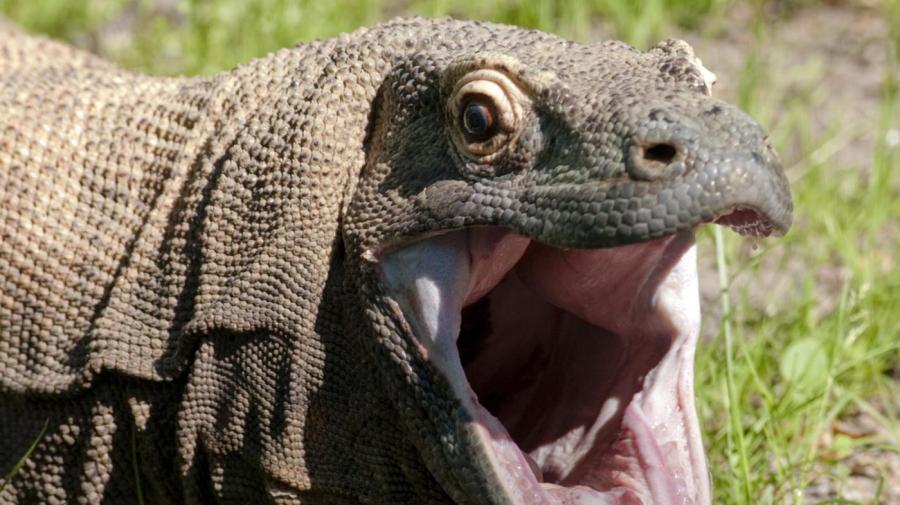What Are Komodo Dragons’ Adaptations?

Komodo dragons have several key adaptations, including long and sharp claws, sharp teeth and strong jaws, powerful venom and the ability to run at high speeds. Komodo dragons can grow to be quite large, but despite their size, they rely on several physical characteristics to help them survive. They live on the Lesser Sunda Islands of Indonesia, and they are the top predators in their native range.
Komodo dragons are among the few hardy organisms that survive well in the harsh climate of the Sunda Islands. These dragons are the largest lizards in the world; according to National Geographic, adults may reach lengths exceeding 10 feet from head to tail and may weigh over 300 pounds. They look as formidable as they act, with long, flat heads, rounded snouts, scaly skin, bowed legs and long, muscular tails. Komodo dragons have carnivorous diets and eat a wide variety of prey, including deer, pigs, water buffalo and even other komodo dragons. These reptiles put their strong claws, teeth and jaws to use when hunting and feeding. They may reach speeds of up to 15 miles per hour, and knock down full-grown deer and pigs. After attacking, dragons stun their prey using powerful venom and use their strong claws to tear through tough, thick hides.





